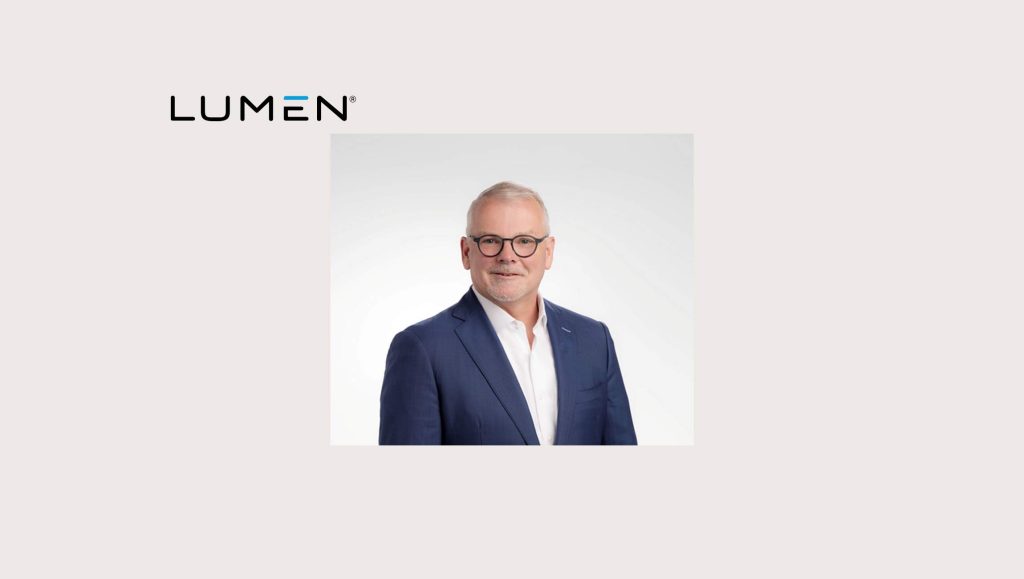Fuse, LLC released a new whitepaper on gender inclusion and the importance to Gen Z. The fight for gender equity and against gender bias has been ramping up in recent years. Brands are being monitored and evaluated by Gen Z on how they are supporting the movement.
Read More: InLine Text From AutoRevo Empowers Dealers With Data-Driven Messaging
With 77% of Gen Z reported to rank brands that promote gender equity higher than those that are silent1, marketers must prove their commitment to the issue. Gen Z isn’t motivated by an equality statement on a company’s website. Rather, they’re asking for visible gender inclusion in the brand’s public communication and marketing.
Inclusive YouTube Content Performs Better
In the TV and film industry there have been many calls for more inclusive representation both in front of and behind the camera, but the vocalization begins to stall in newer content spheres such as YouTube. Think with Google recently released a new study with the Geena Davis Institute on Gender in Media, showing that brand YouTube videos achieved 30% more views when the characters were mostly women or the gender spectrum was balanced.2 With such a significant difference between man-led and woman-led or gender equal content, we are continuing to see the demand for inclusion and representation.
Positive Representation Leads to Conversions
The demand for inclusion is not only seen in viewership. 64% of 13-54 year-olds noted taking some form of off-line action after seeing an inclusive ad, according to Ipsos and Think With Google. With more representation of genders, the current gendered stereotypes that feel constricting and outdated are being left behind by Gen Z. In response, we are beginning to see truck commercials voiced over by women and home décor ads featuring men.
Read More: Tiger Pistol Hires New Director Of Client Success
Representation Requires Inclusion
Harry’s Shave Company quietly slipped some gender inclusivity into its 2019 campaign “Shave, or Don’t” with a trans man shown shaving in the mirror alongside cis men (men assigned male at birth). If the viewer didn’t already know of the transition journey for trans men, the model’s top surgery scars are easy to miss. There’s no fanfare around this storyline, no rainbow flags draped in the background – this is the intersection of where inclusion is done for benefit of the audience, not to boost the company’s social activism perception.
Calvin Klein’s 2020 “DEAL WITH IT” campaign is another example of under-the-radar gender inclusion as the brand announced Hunter Schafer as one of their newest #MyCalvins models. Schafer grew popular with her role on the hit show Euphoria, where she was one of 12 trans women on cable tv in 2019, according to GLAAD’s Where We Are on TV report.
The Switch Towards Gender Neutrality
The beauty and personal care industries have had some of the largest adjustments towards marketing to a wider gender neutral audience. The Ordinary, a skin care brand, uses medical-looking packaging for a simple, unisex look that can appeal to all. The Ordinary doesn’t even use models in its marketing, instead leaning on its own employees to share the story of being passionate about your own skin.
Read More: HubSpot Adds Multiple Functionalities To Its Sales Hub





















